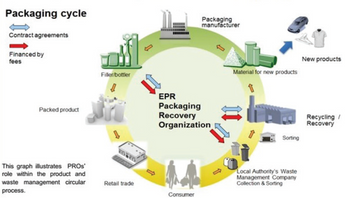Intelligent Sensing for Trouble Shooting and Improvements To Vacuum Coating and Process Control
Presented by Dermot Monaghan, Gencoa Ltd
Any form of vacuum-based processing is inherently more problematic and costly than an atmospheric conversion route. To reduce the ‘pain points’ of vacuum processing, sensing can be used to identify problems and also to improve controllability and consistency. When dealing with a vacuum environment, residual gas analysis is a powerful method to provide a ‘picture’ of the condition of the vacuum. This residual gas information can perform multiple roles, since within a vacuum environment, all the gaseous species will quickly disperse around the chamber volume, and hence can be ‘sensed’ at the chamber walls. The role of residual gas analysis within a vacuum has traditionally been the domain of quadrupole mass spectrometry. This detector method, whilst sensitive, is easily damaged and has an operating range of less than 10-3 mbar in pressure, which excludes direct sensing of higher vacuum pressure processes. A more robust method has emerged for gas analysis in vacuum based upon remote plasma optical emission spectroscopy (RPOES). RPOES is able to operate over a very wide vacuum range, and avoids damage, as the detector is an optical spectrometer located outside the vacuum on the atmosphere side of a viewing window.
RPOES has the ability to directly sense the whole range of gases present from the pump-down to base pressure as well as typical processing pressures. The benefits that emerge are for automatic leak detection, quantification of chamber or substrate contamination, pre-treatment effectiveness, and the health / control of the vacuum conversion stage.
RPOES also provides a means for more advanced automated control as the signals are from ‘light’ emission and hence delivered at high speed. The inherent robustness of the method ensures any intelligent control based upon this method will not stop due to sensor variation or failure. Examples of fast feedback control for a variety of vacuum RTR processes will be presented.
This post is for paying members only
SubscribeAlready have an account? Log in

